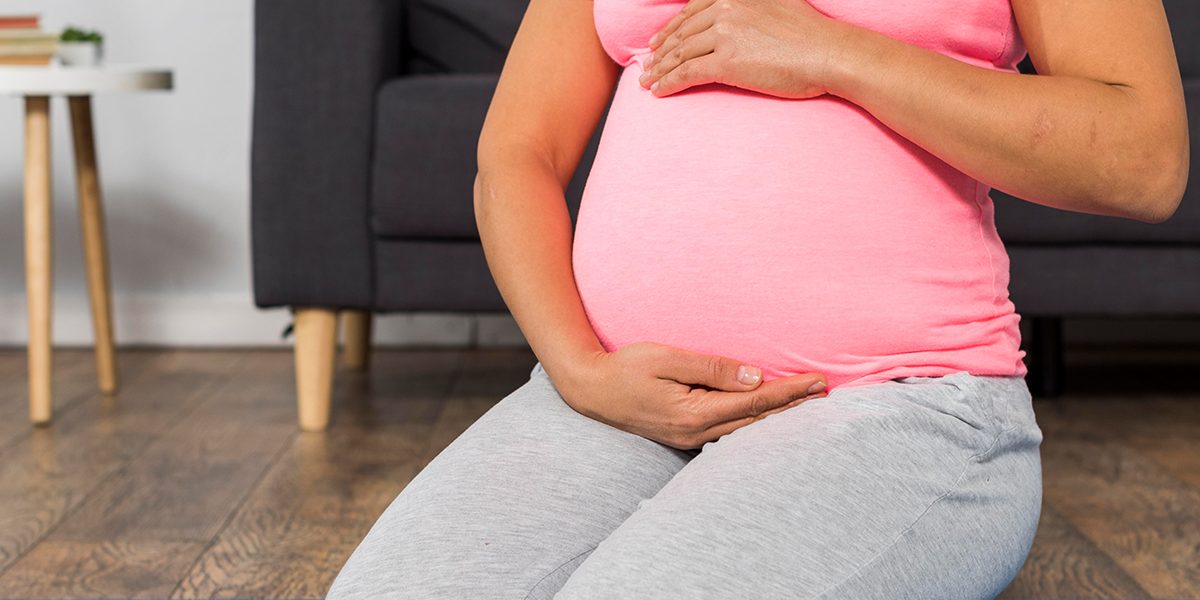The journey of pregnancy is a unique and magical experience filled with anticipation and wonder. Feeling the first movements of your baby is undoubtedly one of the most exciting milestones. In this blog post, we’ll learn the intricacies of Baby Movements During Pregnancy, addressing common questions and concerns to provide expectant parents with the guidance they need.
Timeline of Baby Movements
The enchanting sensation of your baby’s movements usually begins between 16 and 24 weeks of pregnancy. During this period, the experience can vary from subtle flutters to distinct kicks, indicating the health and vitality of your little one. Importantly, every pregnancy is distinctive, and some mothers may feel these movements earlier, especially in subsequent pregnancies(when do i feel unborn baby movements).
By the 24th week, if you haven’t experienced any movement, it’s advisable to reach out to your doctor for reassurance. In fact, regular communication with healthcare professionals ensures that any concerns are promptly addressed, providing expectant parents with a sense of confidence.
Your Baby’s Unique Movement Pattern
Each baby has its own movement pattern, making it essential for expectant parents to come in agreement to what is normal for their child. As your pregnancy progresses, these movements will evolve from subtle flutters to more distinct kicks, jabs, and rolls. Regularly monitoring these patterns provides invaluable insights into the well-being of your baby.
Frequency of Baby Movements
While there is no prescribed number of movements, understanding your baby’s rhythm becomes crucial as you approach the later stages of pregnancy, typically between 24 to 28 weeks. Recognizing what is normal for your baby and expecting consistent movement until birth, even during labour, contributes to a sense of connection and assurance(how do i monitor unborn baby movements).
Moreover, although babies tend to be more active at certain times, it’s important to note that they also have periods of rest. Therefore, understanding your baby’s individual pattern is fundamental for maintaining peace of mind throughout the pregnancy.
Tracking Baby’s Movements
Traditionally, counting kicks or recording movements on a chart was a common practice. However, recent guidelines no longer recommend this approach. Instead, it is encouraged to set aside dedicated time each day to actively notice your baby’s movements. Setting reminders can be particularly helpful, ensuring that you remain in accord to this vital communication from your baby.
Common Misconceptions About Baby Movements
Several common questions arise concerning Baby Movements During Pregnancy. It’s crucial to dispel myths, such as the belief that babies move less towards the end of pregnancy. In reality, healthy babies continue to move every day until their birth.
Addressing misconceptions, such as the idea that consuming food or beverages can stimulate baby movements, is essential. The blog emphasizes the importance of consulting healthcare professionals rather than relying on home monitors or phone apps for reassurance.
What to Do if Baby Stops Moving
If you experience a cessation of Baby Movements or haven’t felt any by 24 weeks, it’s crucial to contact your healthcare provider immediately. A slowing down of movements may indicate potential issues, and addressing concerns promptly is essential for the well-being of both mother and baby.
Tackling Recurring Concerns
If concerns persist or recur, it’s vital to contact healthcare providers without hesitation. The well-being of both mother and baby takes priority, and seeking professional guidance is never a waste of time. Healthcare professionals can perform tests, such as using a CTG machine(methods and interpretation) or ultrasound, to assess the baby’s condition.
To Conclude
Understanding and Celebrating Baby Movements During Pregnancy is an integral part of the journey to parenthood. By staying attuned to your baby’s unique patterns and addressing concerns promptly, expectant parents can nurture a sense of connection and ensure the health and happiness of both mother and baby. As you go through this incredible journey, may each movement serve as a reminder of the miraculous life growing within.








